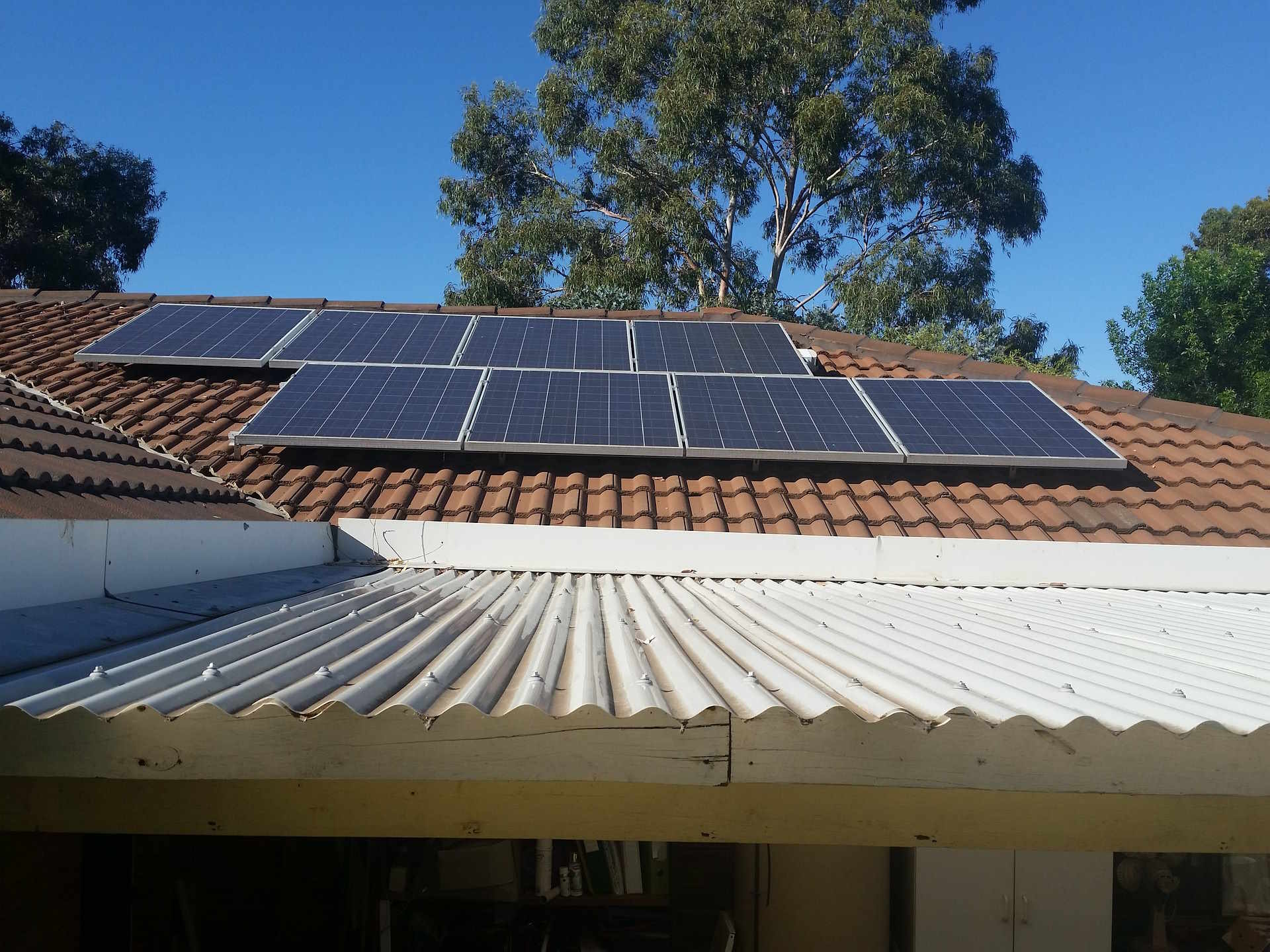Solar Panels for British Homes: What to Know in 2025
Solar panels continue to be an option for homeowners in the UK who are interested in renewable energy. The installation can help generate electricity for household use, and the potential savings depend on factors such as roof size, location, and energy consumption. Before installing solar panels, it is recommended to review costs, possible incentives, and how the system could fit individual household needs.

How Solar Panels UK 2025 Market Has Changed
The solar panels UK 2025 market reflects substantial technological improvements compared to previous years. Modern photovoltaic systems now offer enhanced efficiency ratings, with many residential panels achieving 20-22% efficiency levels. British homeowners benefit from improved inverter technology, better battery storage options, and streamlined installation processes. Recent policy changes have also influenced the market, including updates to the Smart Export Guarantee scheme and building regulations that affect solar installations on residential properties.
Manufacturing advances have led to more durable panels designed specifically for the UK climate, addressing concerns about performance during cloudy conditions and seasonal variations. The market now features a wider range of panel types, including monocrystalline, polycrystalline, and newer bifacial options that can capture reflected light from both sides.
Home Solar Energy System Components and Requirements
Home solar energy systems comprise several essential components working together to convert sunlight into usable electricity. The primary elements include solar panels, inverters, mounting systems, and increasingly, battery storage units. For British homes, the typical residential system ranges from 3kW to 6kW capacity, depending on roof space, household energy consumption, and budget considerations.
Roof suitability remains crucial for optimal performance. South-facing roofs with minimal shading typically provide the best results, though east and west-facing installations can still generate substantial energy. The roof structure must support the additional weight of panels and mounting equipment, often requiring professional structural assessment before installation.
Planning permission requirements vary across different regions, with most residential installations falling under permitted development rights. However, conservation areas and listed buildings may face additional restrictions that homeowners should investigate before proceeding with installations.
Renewable Energy UK Incentives and Support Schemes
Renewable energy UK policies continue supporting residential solar adoption through various financial mechanisms. The Smart Export Guarantee allows homeowners to sell excess electricity back to the grid, with rates varying between energy suppliers. While the Feed-in Tariff scheme closed to new applicants, existing participants continue receiving payments under their original agreements.
VAT rates on solar installations have been reduced to zero percent for residential properties, making systems more affordable for homeowners. Some local authorities offer additional grants or low-interest loans for renewable energy installations, though availability varies by location.
The Renewable Heat Incentive, while primarily focused on heating systems, has influenced overall renewable energy adoption patterns and may affect integrated solar and heating solutions becoming available in the market.
Installation Process and Professional Requirements
Professional installation remains essential for safety, warranty coverage, and optimal system performance. MCS-certified installers must handle grid-connected systems, ensuring compliance with safety standards and building regulations. The installation process typically takes one to three days, depending on system complexity and roof configuration.
Pre-installation surveys assess roof condition, electrical systems, and shading issues that might affect performance. Installers also handle necessary paperwork, including building control notifications and Distribution Network Operator applications for grid connection.
Post-installation commissioning includes system testing, performance verification, and homeowner training on monitoring and maintenance requirements. Most professional installations come with warranties covering both equipment and workmanship for specified periods.
Cost Analysis and Market Pricing
Solar system costs in 2025 reflect ongoing market maturation and technological improvements. A typical 4kW residential system costs approximately £6,000-£8,000 including installation, while larger 6kW systems range from £8,000-£12,000. Battery storage adds £2,000-£6,000 depending on capacity and technology type.
| System Size | Equipment Cost | Installation Cost | Total Investment |
|---|---|---|---|
| 3kW System | £3,500-£4,500 | £1,500-£2,000 | £5,000-£6,500 |
| 4kW System | £4,500-£6,000 | £1,500-£2,000 | £6,000-£8,000 |
| 6kW System | £6,500-£9,000 | £1,500-£3,000 | £8,000-£12,000 |
Prices, rates, or cost estimates mentioned in this article are based on the latest available information but may change over time. Independent research is advised before making financial decisions.
Regional variations affect pricing, with London and Southeast England typically commanding higher installation costs. System payback periods generally range from 8-12 years, depending on energy usage patterns, system size, and local electricity rates.
Long-term Considerations and Maintenance
Solar panels typically carry 20-25 year performance warranties, with expected operational lifespans extending beyond 25 years. Annual performance degradation rates of 0.5-0.8% mean systems continue generating substantial electricity decades after installation.
Maintenance requirements remain minimal, involving periodic cleaning and annual professional inspections. Inverters may require replacement after 10-15 years, representing the primary long-term maintenance cost. Modern monitoring systems help identify performance issues early, ensuring optimal energy generation throughout the system’s lifetime.
Insurance considerations include notifying home insurance providers about installations, though most policies accommodate solar panels without significant premium increases.
Solar energy adoption for British homes in 2025 represents a mature, accessible technology supported by favorable policies and competitive pricing. Homeowners considering solar installations benefit from improved technology, professional installation networks, and clearer regulatory frameworks. While initial investments remain substantial, long-term energy savings and environmental benefits make solar systems increasingly attractive for suitable properties across the UK.




